Pete Seeger’s Lifetime of Water Songs
Circle of Blue managing editor Aubrey Ann Parker dives into the musician’s body of work, dredging up a dozen water-themed songs and nearly five decades of river conservation.
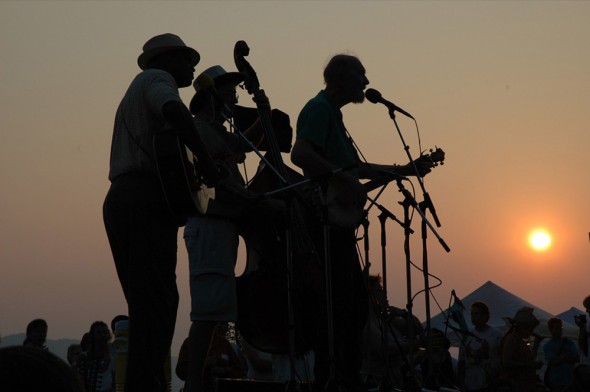
Though many of the songs that Pete Seeger – who passed away Monday at the age of 94 – either wrote or revived carry with them a tone of environmental awareness, there are quite a few for which ‘water’ is the centerpiece.
The metaphor changes from song to song, from “River of My People” with its flow that is swift and strong, to “Sailing Down My Golden River” in which the singer never feels alone, to “The Water Is Wide,” though it is never too much for the love of two able bodies that can row. In Seeger’s fluid repertoire, water is everything from a giant force that can hardly be overcome to the substance that unites all people to the lifeblood that must be revived for future generations to thrive upon.
In a career that spanned more than seven decades, Seeger’s music relied heavily upon the values of love, harmony, and community as a way of ending civil strife and environmental degradation. He spoke out or sang against racism and inequality, as well as climate change, oil spills, and river pollution. Seeger’s obituary in The New York Times stated:
“For Mr. Seeger, folk music and a sense of community were inseparable, and where he saw a community, he saw the possibility of political action.” –Jon Pareles, NYT
I must admit to not knowing all of Seeger’s 116 songs that he wrote, according to the Songwriters Hall of Fame, or the countless others that he collected from other troubadours, elevating them to a national stage. But that didn’t keep me from racking my brain and Googling a list of 11 songs that have ‘water’ as a core theme:
- Waste Deep in the Big Muddy
- The Water Is Wide
- God’s Counting On Me, God’s Counting On You (BP Oil Spill and/or Anti-Fracking song)
- Old Father Hudson
- Broad Old River
- Don’t Ask What A River Is For
- River of My People
- The River That Flows Both Ways
- Of Time and Rivers
- Sailing Down My Golden River
- Sailing Up My Dirty Stream
Hudson River Blues
It’s not surprising that more than half of Seeger’s water-related songs have the word ‘river’ in them, since the Hudson River was one of the many soapboxes that the musician/activist climbed upon.
“His musical career was always braided tightly with his political activism, in which he advocated for causes ranging from civil rights to the clean-up of his beloved Hudson River.”
–Associated Press, republished by NPR
According to LoHud, the Lower Hudson Valley’s news source, “…his name will forever be linked with the Hudson River, for a conversation about the river’s transformation from sewer to treasured waterway can’t be done without mentioning Seeger.” LoHud interviewed John Cronin a former commercial fisherman who has worked for several environmental groups, including serving as the Hudson Riverkeeper for 17 years, and who now works as a senior fellow at the Beacon Institute for Rivers and Estuaries.
“Nobody could possibly quantify how many people are committed to the Hudson River because they were inspired by Pete Seeger. He wasn’t just a visionary. He was the best kind of leader. The best kind of leader uses the invisible hand of leadership.” – John Cronin to LoHud
Not only was the Hudson River an inspiration for many of his songs, it was also a place of respite for Seeger and his family.
Married since 1943, Seeger and his wife, Toshi-Aline Ohta, lived together in a cabin that they built on 17 acres along the Hudson River in Beacon, New York, until her death last July at age 91. The couple had spent nearly five decades working tirelessly for the clean-up and restoration of the river through a non-profit they co-founded, in addition to a series of concerts and an annual summer music festival.
Even Seeger’s 90th birthday concert at Madison Square Garden – which featured guest talents such as Joan Baez, Ani Difranco, Emmylou Harris, Dave Matthews, and Bruce Springsteen – was a benefit for the couple’s non-profit, the Hudson River Sloop Clearwater.
“At the Madison Square Garden Concert celebrating Seeger’s 90th birthday, [Bruce] Springsteen introduced him as ‘a living archive of America’s music and conscience, a testament of the power of song and culture to nudge history along.’” –Jon Pareles, NYT
Passing The Torch
The New York Times went on to state that Seeger “was never comfortable with the idea of stardom. He invariably tried to use his celebrity to bring attention and contributions to the causes that moved him… Seeger saw himself as part of a continuing folk tradition, constantly recycling and revising music that had been honed by time.”
Reading snippets like this from Seeger’s obits today in the big three – the Associated Press, The New York Times, and NPR – as well as great articles in certain environmental blogs like the LoHud and Reality Sandwich, have reminded me of an interview that I did for Circle of Blue back in 2012: Seth Bernard and May Erlewine are two of Michigan’s finest folk musicians (in my opinion, but also in a lot of other people’s opinions, too).
They’re not stopping there, however. The couple – who tour together and own Earthwork Music Collective, a Michigan-based recording studio that tallies more than 25 musicians – is also leading the charge on environmental and social issues by using music as a medium.
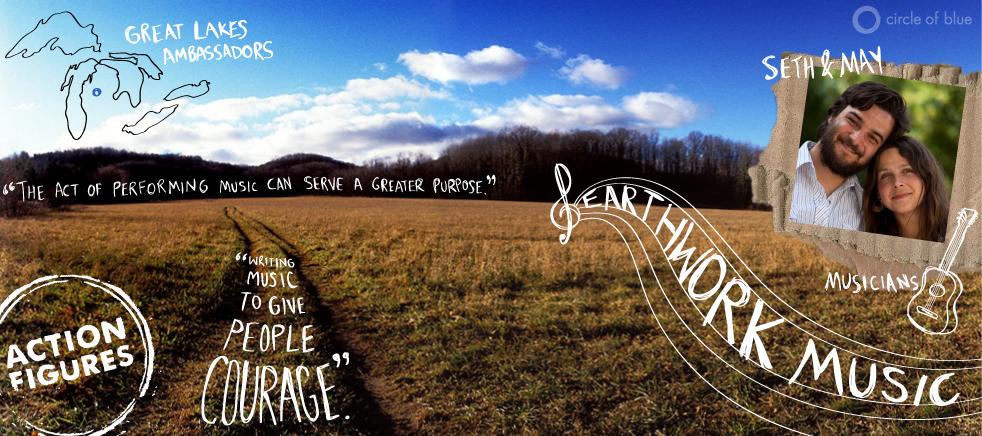
“Cooperation, collaboration, and serving the community are the three founding principles of the Collective, where there is a conviction in ‘the intrinsic and historical power of music to raise both community and self-awareness.’ […Bernard and Erlewine each have] at least a dozen tunes in which environmental conservation or social change is the mantra…[and] they’ve also started their own ways of giving back, founding popular seasonal events like The Water Festival, Harvest Gathering, Family Weekend, and School of Rock, all centered around community activism and social engagement.” –Excerpt from Circle of Blue’s Action Figures
During the interview, both Bernard and Erlewine cited Seeger as an inspiration, which seems fitting – I think that probably fits well with what he would have wanted his legacy to look like, given the few humble statements that he did make about his role in pop culture.
“My job is to show folks there’s a lot of good music in this world, and – if used right – it may help to save the planet. –Pete Seeger, 2009”
“There’s not dozens of people now doing what I try to do, not hundreds, but literally thousands. … The idea of using music to try to get the world together is now all over the place.”
–Pete Seeger in 2008 to the Associated Press
Let’s hope that more visionaries continue to pop up in the wake of Seeger’s passing, illuminating the long shadow that he has cast in the Americana folk and environmental movements over the last century. I may not be much of a singer, and I know that I can’t keep a beat, but my Circle of Blue colleagues and I can tell the stories that will define water and rivers for the next century, just as Seeger helped to define the Hudson River’s pollution troubles and triumphs in the last century.
“The key to the future of the world is finding the optimistic stories and letting them be known.”
–Pete Seger, 1994
Are you a Pete Seeger fan? Did I miss any water-related songs in my list above? Contact my by emailing circleofblue.org/contact, tweeting @aubreyh2o, or commenting below.
–Aubrey Ann Parker, managing editor
is a Traverse City-based assistant editor for Circle of Blue. She specializes in data visualization.
Interests: Latin America, Social Media, Science, Health, Indigenous Peoples

 The Stream, January 29: Some California Communities Have Only 60 to 120 Days...
The Stream, January 29: Some California Communities Have Only 60 to 120 Days...
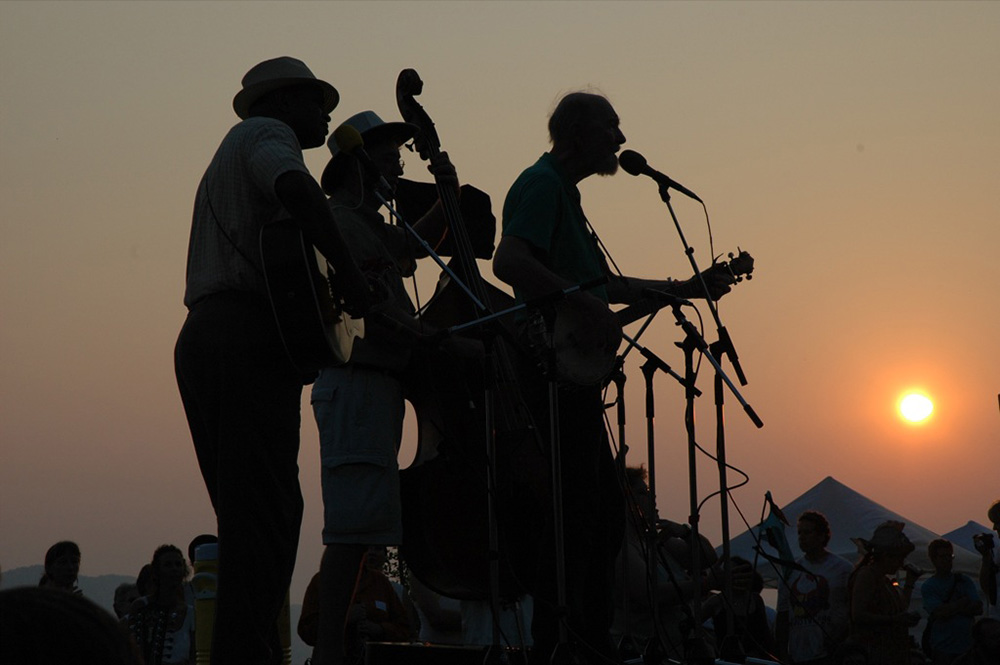
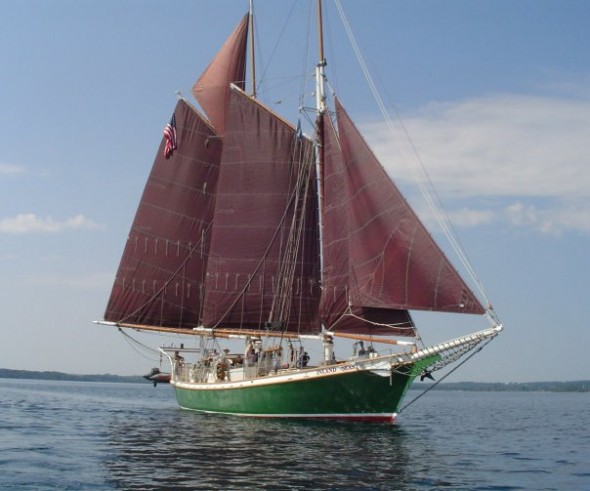

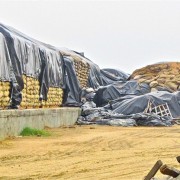


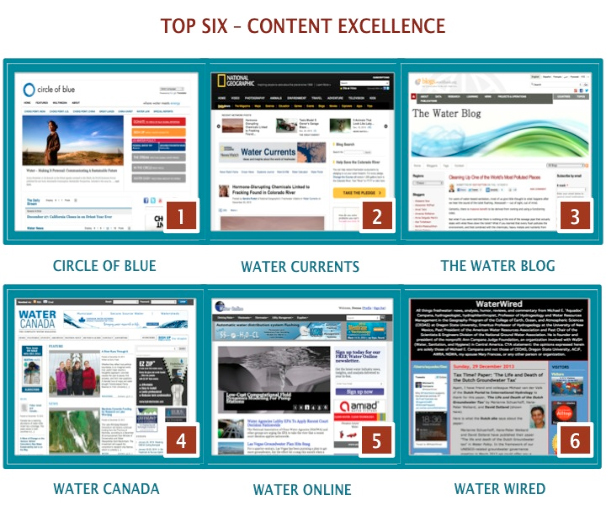


Leave a Reply
Want to join the discussion?Feel free to contribute!